As students plunge their hands into the crevices of the darkened pools of saltwater, they discover the various creatures in which inhabit the intertidal ecosystem. Jon-Paul Ewing and Amanda Lincoln–the supervisors for Field Studies Collaborative– selected a group of students to collect data regarding the change in the intertidal (seashore which is covered at high tide and uncovered at low tide). Field Studies Collaborative (FSC), is a class of specially selected students in which they research the activity of marine life and the intertidal environment. The researchers meet up to go out a few times a year to collect data for USC. With 14 students and two supervisors, the group headed to four locations over the course of four days.
The first site was Montaña de Oro on Oct. 19th. At this location, students were counting the amount of Sea Stars they saw in three zones. After searching, they discovered a total of four Sea Stars. Low tide was 0.6+ ft. at 4:19 pm. The second site they procured data from was Cayucos on Oct. 20th. Here they counted the amount of Owl Limpets (snails with a low-profile, white, black, and brown shell and a strong muscular foot that attaches to the rock) that were larger than 30mm in certain locations and the number of Sea Stars. There were a total of 330 limpets and zero Sea Stars. Low tide was 0.3+ ft at 4:55pm. Their third location was San Simeon on Oct. 21st. During this visit, students were collecting data on the number of animals in a quadrant plot. The quadrant plots were set up in line transects, used to monitor percent cover of surf grass, kelps, and other algae. Transects are established for each target species. Transects are generally 10 m long and percent cover is estimated by recording substrate occurring under each 10 cm interval. Low tide was 0.2+ ft at 5:31pm. The last site was at Shell Beach on Oct. 22nd and they used the same protocol as the 21st. Although, during this data collection, they set the quadrant plots in random locations in the Transect. Low tide was 0.2+ ft at 6:09. The students monitored the coastal ecosystems of marine sanctuaries to increase awareness of these areas.
“I learned the actual names of the species living out in the world and I learned so much! The fact that life out in the ocean can change so much over the course of a year shocked me!”
Lexi Keller
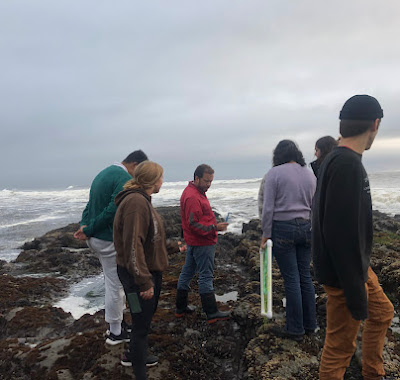
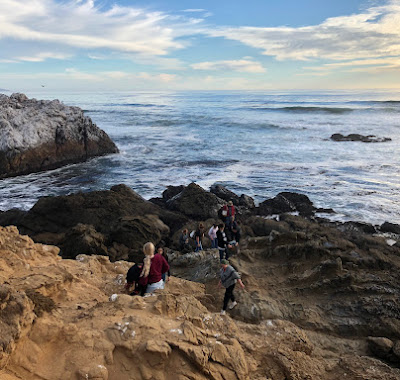


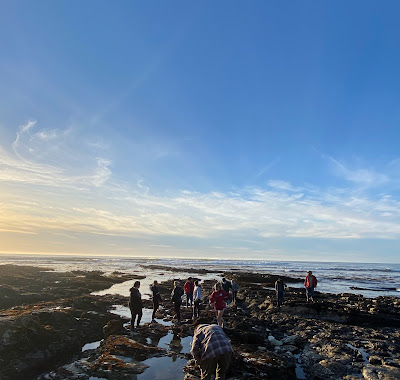
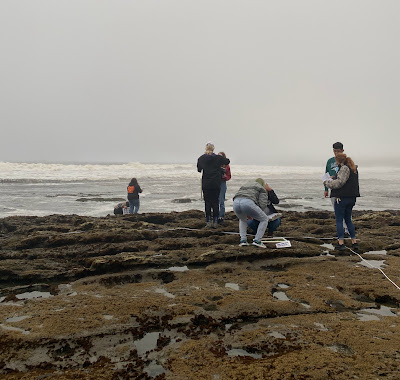
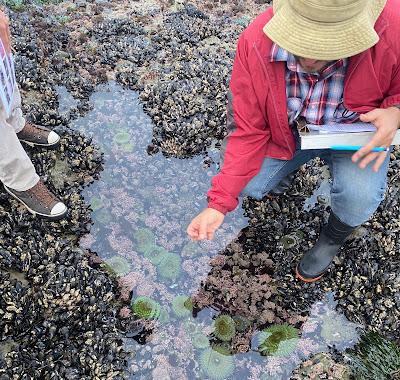
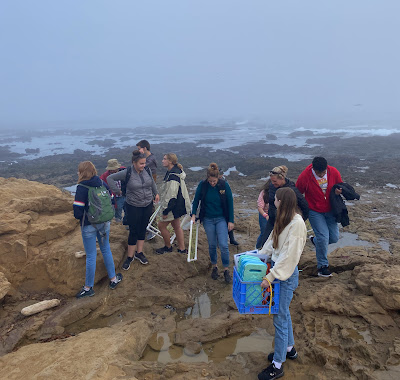
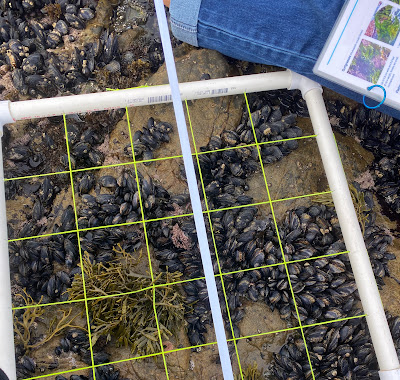
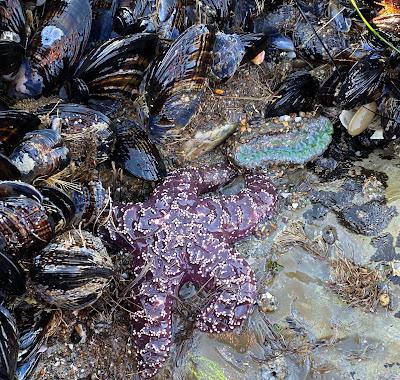

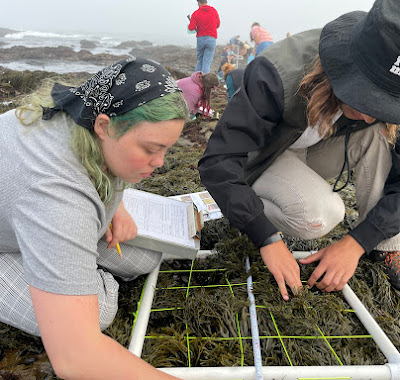









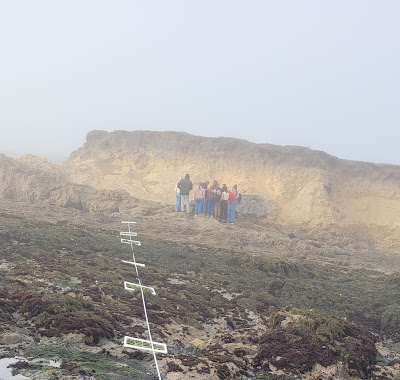
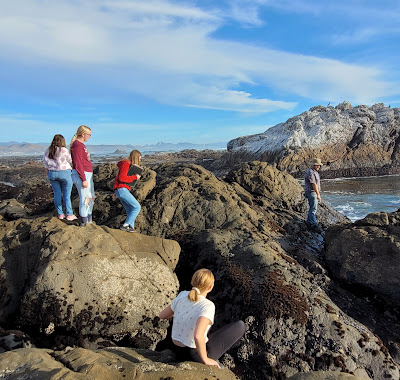








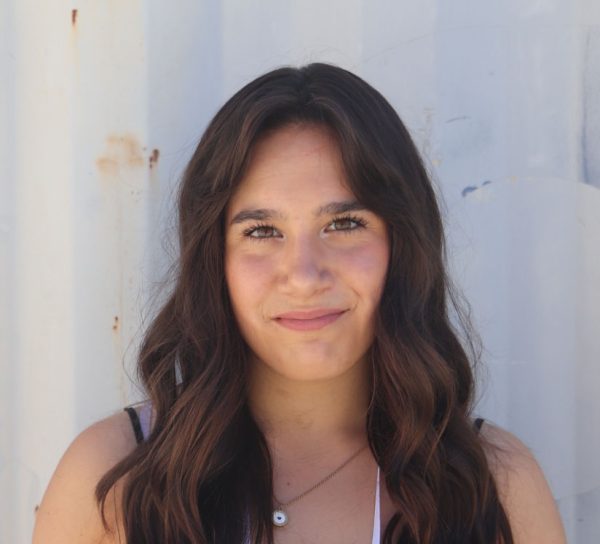
Geoffrey Douglas Land • Nov 2, 2021 at 8:35 pm
What a great story about an awesome learning opportunity. What? Hang out at the beach, do science, and get credits at the same time? Plus with two amazing teachers? It sounds too good to be true. But then I read about it in Crimson. Great writing, Serenidad.